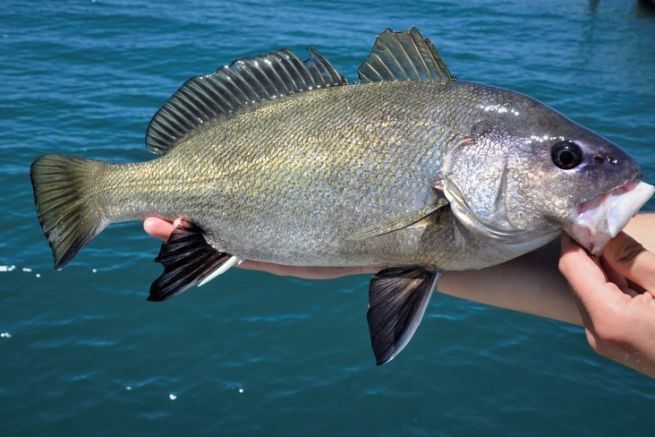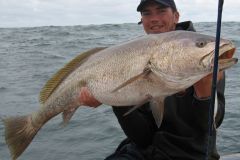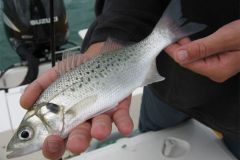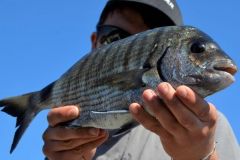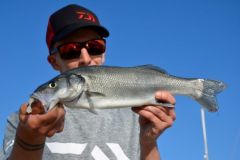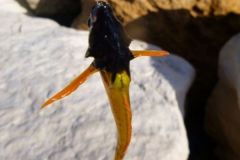Identification of a common corb
Corb, sea crow or pecouâ, the common corb is present in the Mediterranean and on a part of the Atlantic coast. Its body is rather oval with a curved back. Its livery goes from dark brown to bronze.
It has two rather imposing yellowish dorsal fins. Juvenile fish have the particularity to have these two dorsal fins extremely developed compared to the size of the body. The corb has a rather small mouth which is decorated with small teeth.
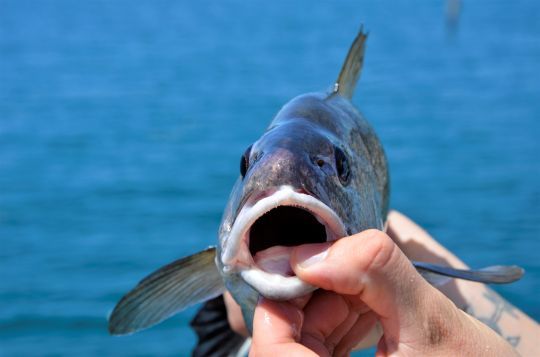
The common corb is a member of the sciaenidae family, which includes different species of fish. Sciaenidae vibrate their swim bladder and emit grunts.
Its scientific name is Scianea umbra, the common corb can live more than 25 years and reach more than 60 cm. Its reproduction period differs according to the biotopes, it takes place from May to August. It can sometimes be confused with different species of umbra which have a barbel under the chin.
Where can you find corbs?
The common corb is a gregarious fish that lives in groups during its first years. The older individuals become more often solitary.
The corb frequents rocky areas, posidonia meadows, from a few meters deep to more than 100 meters deep. It is a fish which likes to shelter at the bottom of small caves or within faults during the bright hours of the day.
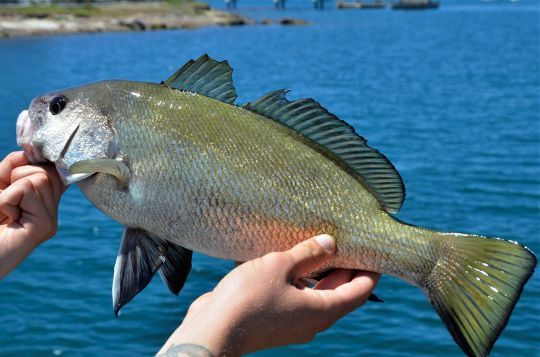
A fish to release
A curious and unsuspecting fish, the corb has long been an easy target for underwater hunters. In 2014, it was classified as a protected species by a moratorium. As a result, recreational fishing for the common corb is prohibited.
It happens however to catch accidentally a corb during fishing parties to support, fishing with tenya or more rarely in surfcasting. It is a fish that hunts mainly at night or when the light is weak. Carnivorous fish, it feeds mainly on crustaceans, but also sometimes on fish or worms.
If you happen to catch a corb, a nice picture and a quick release will help preserve the species.
